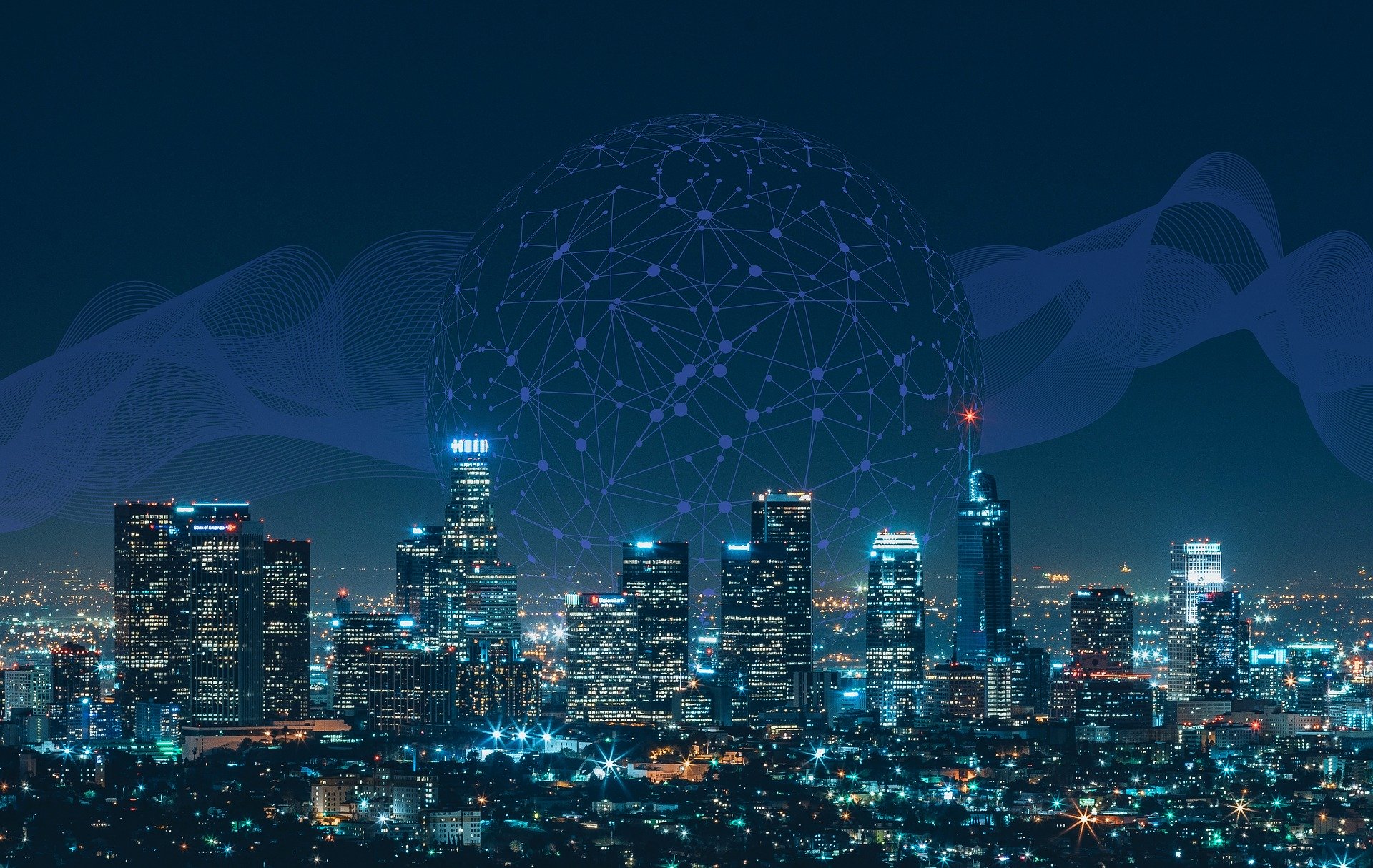
4 Challenges in Smart City Transitions
The transition toward living in a real smart city has already begun, and in some ways, it can’t go quickly enough. Our ‘Smart Cities – Building a Tech Future’ infographics highlighted some of the benefits society will enjoy from these tech-forward urban areas, including greater civic participation, better safety, improved environments, and even a lower cost of living. Clearly, benefits such as these will make life better for millions — as well as play a role in saving our planet.
As promising as the idea is, however, and as much progress as has already been made, there are still some remaining challenges. The following are some of the issues we’ll need to overcome if we’re to fully realize the potential of smart cities.
1. High-Speed Internet Access
There are countless incredible ideas out there when it comes to smart city innovation: sensors all over the place, monitoring weather, traffic, waste, energy consumption, accidents, and so much more. It’s when all of this comes together, alongside citizen engagement, that we’ll have truly built smart cities the way they’ve long been imagined. But all of this will also only work if high-speed internet capable of handling all of the connectivity is more widely accessible.
People are increasingly looking at 5G as the solution to this problem, and it may well be. Android Central looked into 5G availability and showed that these high-speed networks, from various providers, are being activated in a growing number of cities. But 5G needs to be truly universal and fully reliable if it’s to make truly smart cities possible.
2. Powerful PCB Distribution
PCBs are the circuit boards that help wireless devices to function and are thus crucial components of the sensors and monitors that will make smart cities a reality. And as is the case with 5G, the technology is already in place. Altium’s write-up on antenna impedance matching explains how PCB design software can help engineers plan for wireless connectivity. Tools are in place to ensure that a PCB is up to high-speed connections before it is actually fabricated (let alone mass-produced).
Here, the hurdle is simply the mass distribution of devices outfitted with the PCBs they need to facilitate smart cities. It’s not an insurmountable problem, but it will take more time for cities and tech providers to build adequate networks of properly equipped sensors.
3. Clean Tech Investment
This is a broader topic and involves all sorts of smaller, more specific issues. But the fact is, as much as we imagine city innovations revolving around sustainability and clean energy, they won’t all come about in one sweeping movement. This is going to be a process and one that involves a great deal of negotiation between cities, tech companies, environmental advocacy groups, and in some cases even state or federal governments. Effective cleantech investment is going to be a drawn-out process — though if there’s one thing to watch for that might bring about quicker transitions in this space, it might be a renewed nationwide adoption of short-term sustainability goals for urban environments.
4. New Health Concerns
It has also become an inescapable reality that smart cities will need to involve solutions regarding new health concerns. Before 2020, any conversation about health in a smart city largely revolved around pollution. Now, however, smart cities will also have to be designed with consideration for viral outbreaks.
The Guardian looked at city adjustments in light of the COVID-19 pandemic and pointed out that cities have changed numerous times throughout history in response to various disease outbreaks. Regarding the present circumstances, the article pointed out that an “intensification of digital infrastructure” in cities may be one consequence of the coronavirus. This fits into the smart city concept, but what it means specifically is difficult to say. It could be that various sensors will simply be used to help keep congestion low wherever possible. But we could also see systems put in place designed to make it easier to track and subdue future outbreaks.
None of these challenges are beyond our capacity to meet. But if we’re truly to transition to smart cities, they’re among the factors that require ongoing attention and new solutions.




